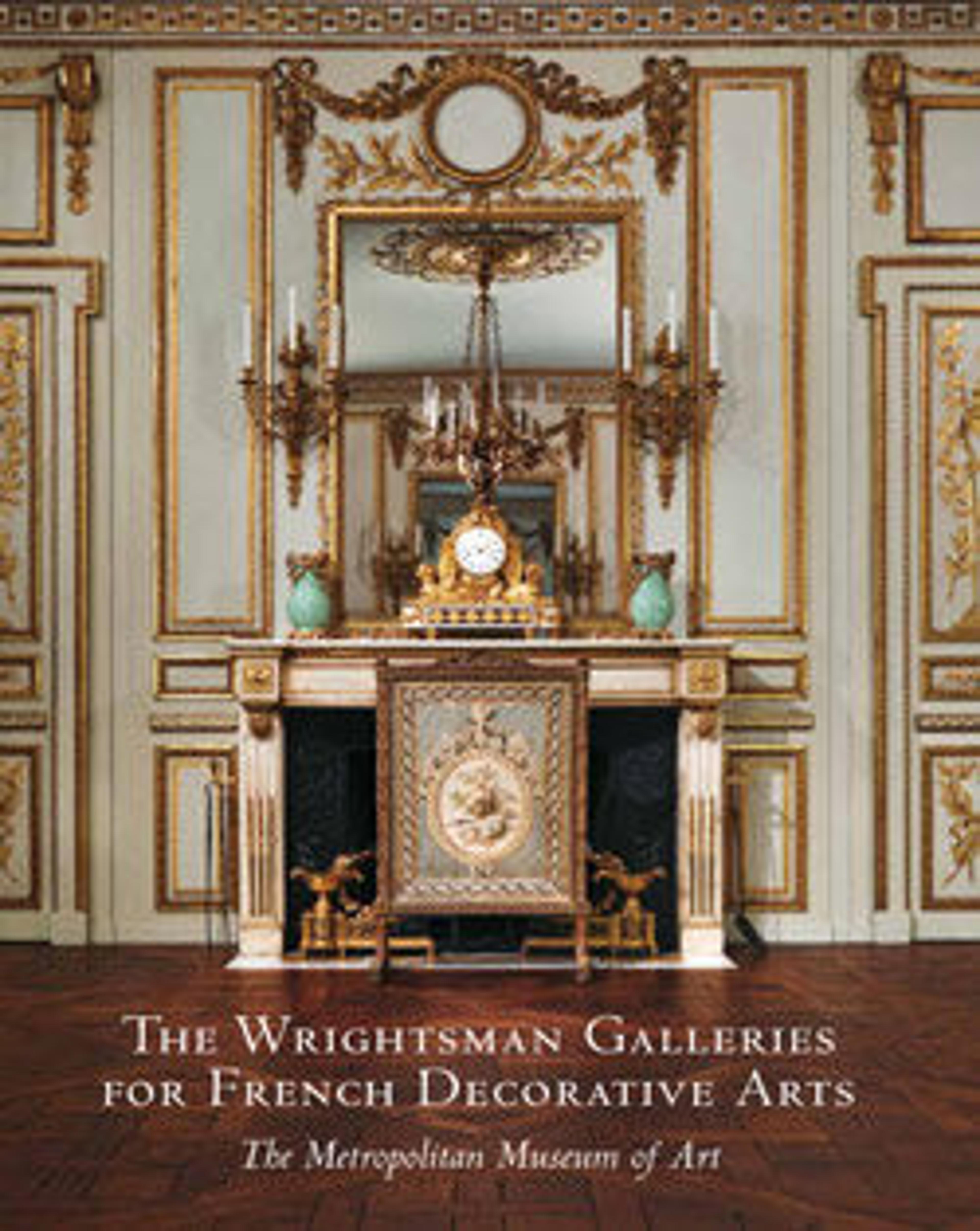Vase on a column stand
The Romans who attached ceremonial and liturgical symbolism to porphyry used this red volcanic stone found in Egypt for various decorative purposes. This vase and its pedestal were almost certainly carved from a single antique column brought from Italy and mounted with gilt bronze in a workshop founded at the Hôtel des Menus Plaisirs, Paris, in 1771-72. The mounts of rams’ heads and swags of vine leaves and grapes are possibly by Pierre-Philippe Thomire (1751-1843). Thomire is particularly well known for his outstanding work in the Empire style.
Artwork Details
- Title:Vase on a column stand
- Maker:Lapidary workshop: Hôtel des Menus-Plaisirs, Versailles
- Designer:probably by François Joseph Belanger (French, Paris 1744–1818 Paris)
- Maker:lapidary work probably by Augustin Bocciardi (ca. 1729–1797)
- Mount maker:attributed to Pierre Philippe Thomire (French, Paris 1751–1843 Paris)
- Date:after 1771–72, mounts ca. 1780
- Culture:French, Versailles and Paris
- Medium:Egyptian porphyry, gilt-bronze mounts
- Dimensions:H. (vase) 41 1/4 in. (104.8 cm); H. (stand) 35 5/8 in. (90.5 cm); Diam. 16 3/8 in. (41.6 cm)
- Classification:Natural Substances
- Credit Line:Gift of Mr. and Mrs. Charles Wrightsman, 1971
- Object Number:1971.206.44
- Curatorial Department: European Sculpture and Decorative Arts
More Artwork
Research Resources
The Met provides unparalleled resources for research and welcomes an international community of students and scholars. The Met's Open Access API is where creators and researchers can connect to the The Met collection. Open Access data and public domain images are available for unrestricted commercial and noncommercial use without permission or fee.
To request images under copyright and other restrictions, please use this Image Request form.
Feedback
We continue to research and examine historical and cultural context for objects in The Met collection. If you have comments or questions about this object record, please contact us using the form below. The Museum looks forward to receiving your comments.
